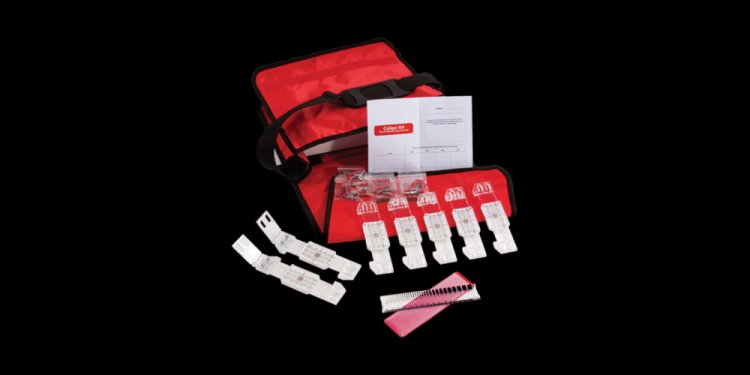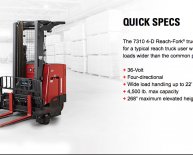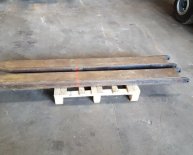
Concrete Testing tools
 When installing concrete flooring of any kind, it’s absolutely vital that you know the relative humidity (RH) conditions deep in the slab. Failure to test RH can lead to some severe problems later on.
When installing concrete flooring of any kind, it’s absolutely vital that you know the relative humidity (RH) conditions deep in the slab. Failure to test RH can lead to some severe problems later on.
To get reliable, useful data (and to protect your client’s best interests), it’s important to follow proper testing procedure when checking the RH conditions deep in a concrete slab. This means having the right testing tools and taking the time for in-situ probes to fully acclimate.
The Right Tool for the Job
Technically speaking, there is no such thing as a concrete moisture meter—at least not one that can give a reliable moisture content reading in concrete like a carpenter’s moisture meter does in wood. Instead, RH meters with in-situ probes are the go-to testing solution recommended for testing the humidity conditions in a concrete slab.
By accurately assessing the RH value of a concrete slab, RH meters are a valuable tool for assessing how concrete will behave.
Patience is the Key for Following the ASTM Standard
 One of the biggest challenges in any concrete flooring job is dealing with impatient clients. In some cases, the client will push for a shorter testing cycle so that work can be completed faster. However, the ASTM F-2170-11 standard requires a 72-hour waiting period after you prepare the test site and insert the sleeve into the concrete install your RH meter’s in-situ probes before you can start taking RH readings.
One of the biggest challenges in any concrete flooring job is dealing with impatient clients. In some cases, the client will push for a shorter testing cycle so that work can be completed faster. However, the ASTM F-2170-11 standard requires a 72-hour waiting period after you prepare the test site and insert the sleeve into the concrete install your RH meter’s in-situ probes before you can start taking RH readings.
Failing to follow this guideline for allowing the holes to equilibrate could result in faulty readings, compromising the Integrity of the final product used on that slab.
So, when a client pushes you to rush the concrete testing process, it’s important to:
- Be Firm. Stick to your guns and politely remind the client that the 72 hour waiting period is a necessity for compliance with the standard.
- Emphasize How the Wait Protects the Client. The acclimation period for the test holes contributes to the accuracy of the RH reading, and helps you make more informed decisions regarding the concrete.
- Educate Up-Front. At the start of any project where concrete will be a significant factor in the job, be sure to let the client (and any general contractors you’re working with) know about the wait period for testing and the reasons why it’s necessary. This could be done during your discussion of the project timeline. Worst-case scenario, you’ll save yourself from starting on a job with an impatient client who has unrealistic time goals.
Getting it right after the ASTM-defined waiting period is a lot faster and safer than getting it wrong after rushing the testing period. So, it’s important to make sure that your clients understand the importance of letting the RH sensors acclimate, and that you will hold to that waiting period.
Additionally, it’s important to be able to provide proof that the testing guidelines were followed, so having an RH meter that can store readings and upload them to your computer for organizing into reports can be helpful.

















